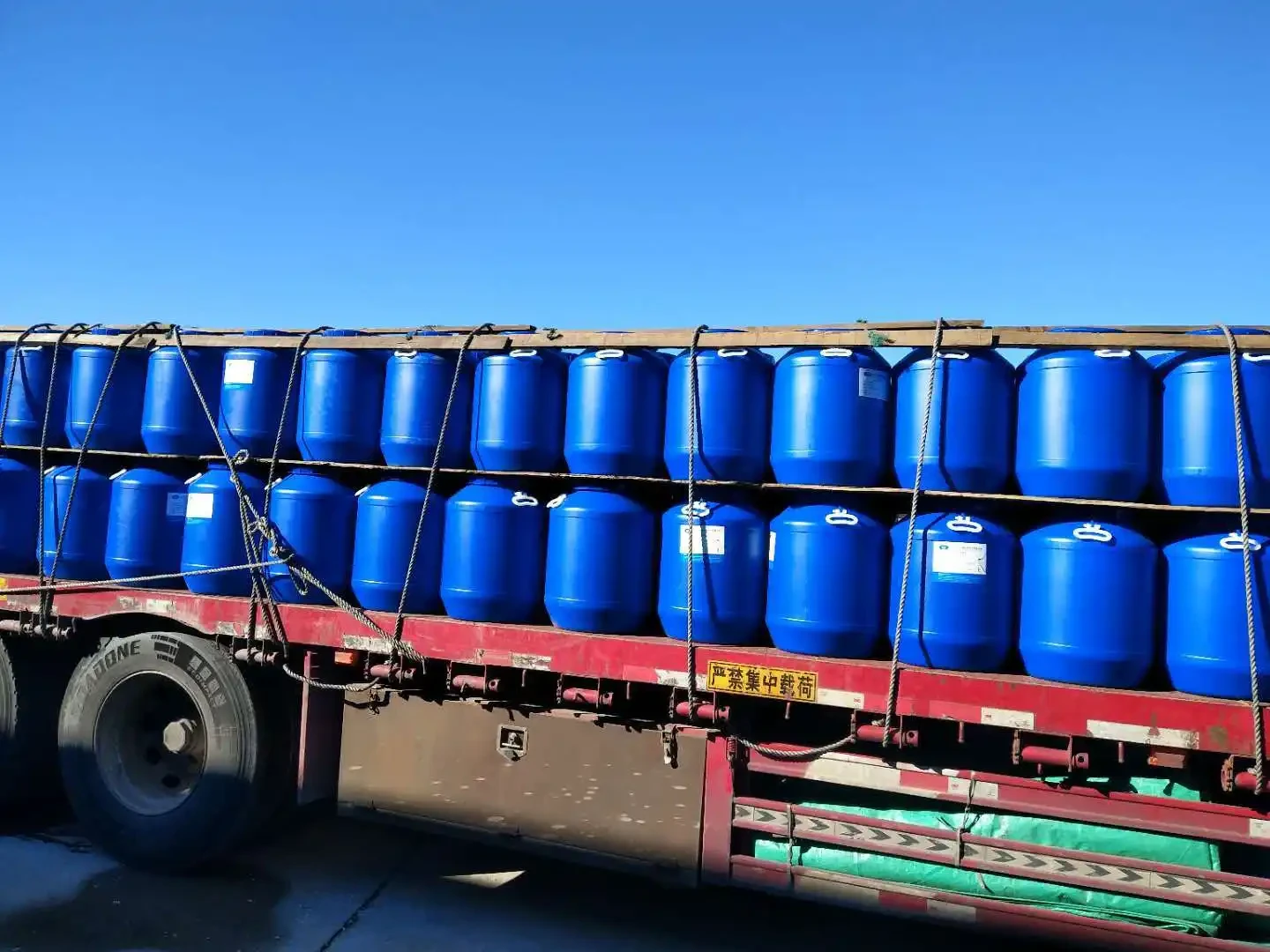Nonionic Polyacrylamide An Overview
Nonionic polyacrylamide (NPAM) is a water-soluble polymer that is widely recognized for its versatile applications across various industries. As a member of the polyacrylamide family, NPAM shares many properties with its ionic counterparts but has unique characteristics that make it particularly valuable in specific contexts. This article explores the properties, synthesis, applications, and environmental considerations associated with nonionic polyacrylamide.
Properties of Nonionic Polyacrylamide
Nonionic polyacrylamide is characterized by its absence of charged groups, distinguishing it from anionic and cationic polyacrylamide variants. This nonionic nature imparts unique features, such as excellent water solubility, high molecular weight, and lower sensitivity to changes in pH and ionic strength. These properties enhance NPAM’s capacity as a flocculant and thickening agent, making it suitable for use in various formulations.
Moreover, NPAM exhibits good thermal stability and can perform effectively across a wide temperature range. Its ability to form hydrogen bonds with water molecules contributes to its thickening properties, which can increase the viscosity of aqueous solutions without causing significant changes in pH. This makes NPAM an ideal candidate for applications where neutral charge and viscosity control are critical.
Synthesis of Nonionic Polyacrylamide
The synthesis of nonionic polyacrylamide typically involves the polymerization of acrylamide monomers in an aqueous medium. This reaction is usually initiated by heat or chemical initiators, such as ammonium persulfate. By carefully controlling the polymerization conditions, including temperature, pH, and the concentration of reagents, manufacturers can tailor the molecular weight and viscosity of the resulting polymer.
For enhanced performance, nonionic polyacrylamide can also be copolymerized with other monomers, allowing for the customization of properties that meet specific application requirements
. This versatility in the synthesis process enables the development of NPAM formulations that can perform effectively across diverse environments.Applications of Nonionic Polyacrylamide
Nonionic polyacrylamide has found numerous applications in various sectors, including
nonionic polyacrylamide

1. Water Treatment NPAM is widely used as a flocculant and coagulant aid in water and wastewater treatment. Its ability to aggregate suspended particles improves the efficiency of sedimentation processes, ensuring clean water is produced.
2. Agriculture In agricultural applications, NPAM serves as a soil conditioner, enhancing water retention and reducing erosion, which contributes to sustainable farming practices. It helps improve irrigation efficiency by slowing down water infiltration in sandy soils.
3. Mining and Mineral Processing NPAM is utilized in the mining industry for the flocculation of mineral slurries. It aids in separating valuable minerals from waste, thereby increasing recovery rates and minimizing environmental impacts.
4. Personal Care Products Due to its thickening and stabilizing properties, NPAM is prevalent in personal care formulations, including creams and lotions. It helps maintain consistency and texture, enhancing the overall product experience.
5. Paper Industry In papermaking, NPAM serves as a retention aid to improve fiber retention and overall water efficiency during the manufacturing process, contributing to higher quality paper products.
Environmental Considerations
While nonionic polyacrylamide is generally considered safe for many applications, environmental considerations are paramount. The biodegradability of NPAM is a crucial factor, as the accumulation of synthetic polymers can lead to ecological problems. Strategies for minimal environmental impact include appropriate dosage, proper disposal methods, and ongoing research into biodegradable alternatives.
Importance is also placed on user safety, particularly in agricultural and industrial contexts, where potential exposure may occur. Utilizing NPAM within regulated guidelines helps mitigate risks associated with its use.
Conclusion
Nonionic polyacrylamide is a multifunctional polymer with significant utility across multiple industries. Its unique properties make it invaluable in applications ranging from water treatment to agriculture and personal care products. Continued research and development, alongside environmental considerations, will ensure that NPAM remains a sustainable and effective solution for current and future challenges in various sectors. As industries evolve, so too will the applications and formulations of nonionic polyacrylamide, reinforcing its importance in material science and engineering.

